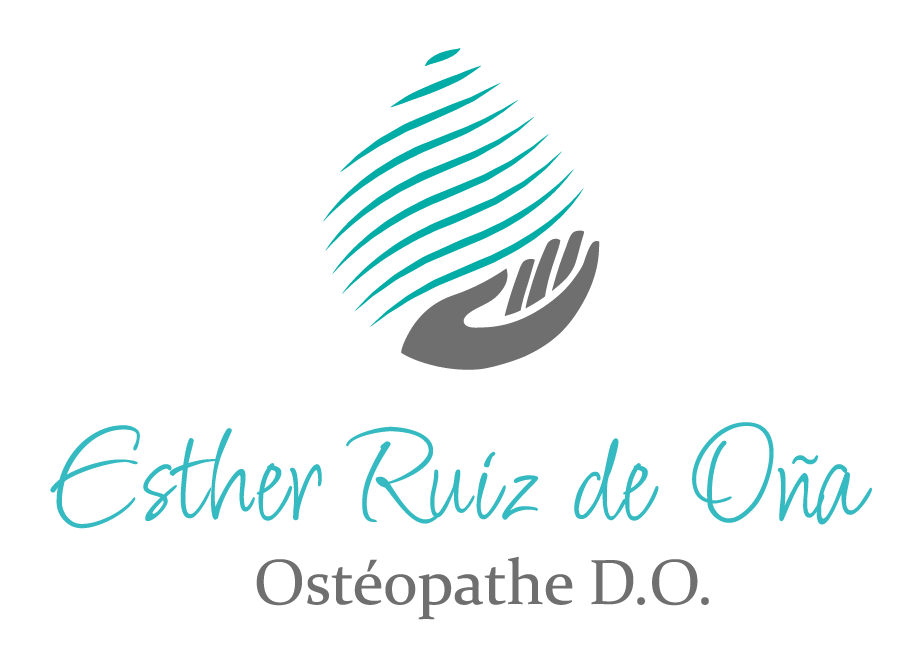A hiatal hernia occurs when the upper portion of the stomach rises into the chest through a small opening in the diaphragm (diaphragmatic hiatus).
The diagram is a muscle that separates the thorax from the abdomen. The diaphragmatic hiatus is part of the anatomical barrier that separates the esophagus from the stomach.
Some of the main symptoms are:
- Burning or burning that rises from the stomach to the throat, causing gastroesophageal reflux.
- Throat clearing.
- Bronchial asthma.
- Respiratory distress.
One of the complications derived from GER is esophagitis, which is an inflammation of the mucosa of the esophagus that is exposed to acid.
Visceral osteopathy can help in the mobility of the viscera, as well as in the proper motility of the stomach. A diaphragm relaxation work will release the pressure of the abdominal and thoracic cavities improving the symptoms.
In addition, working and rebalancing the Autonomic Nervous System with cranial techniques will help the functionality of the stomach, esophagus and diaphragm.












